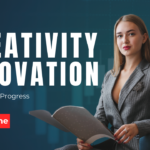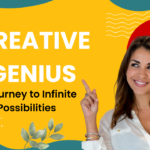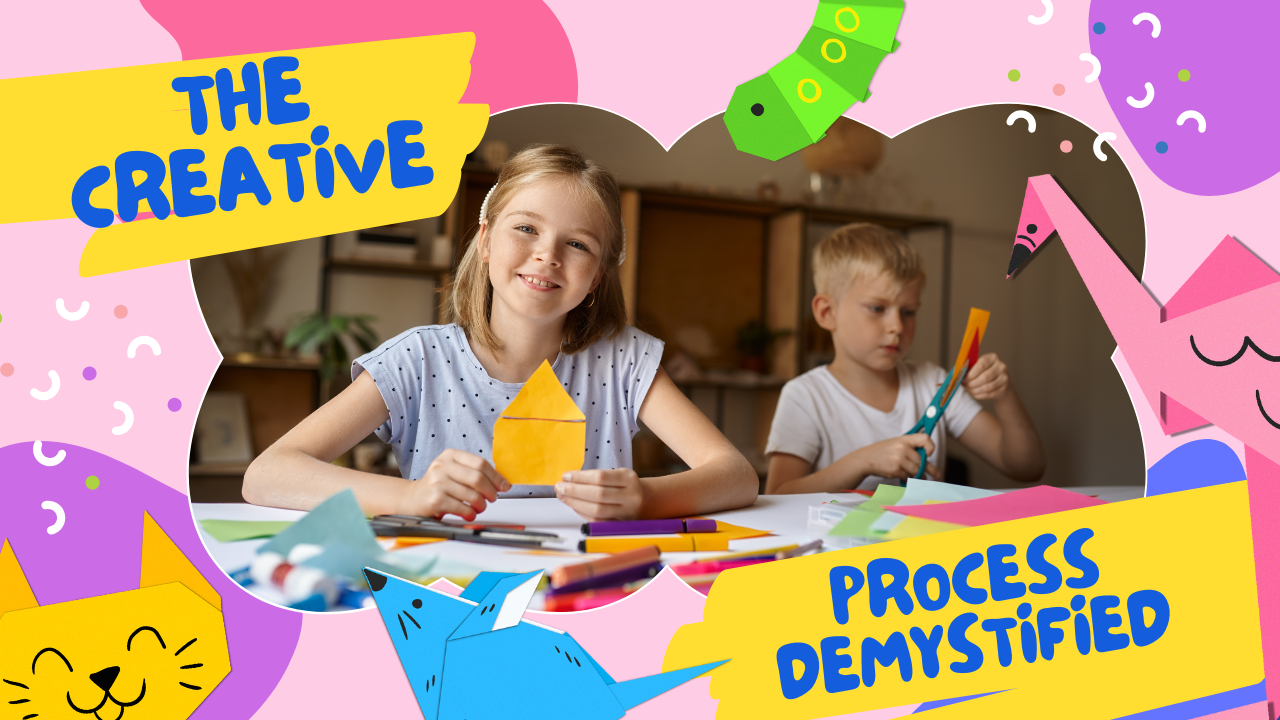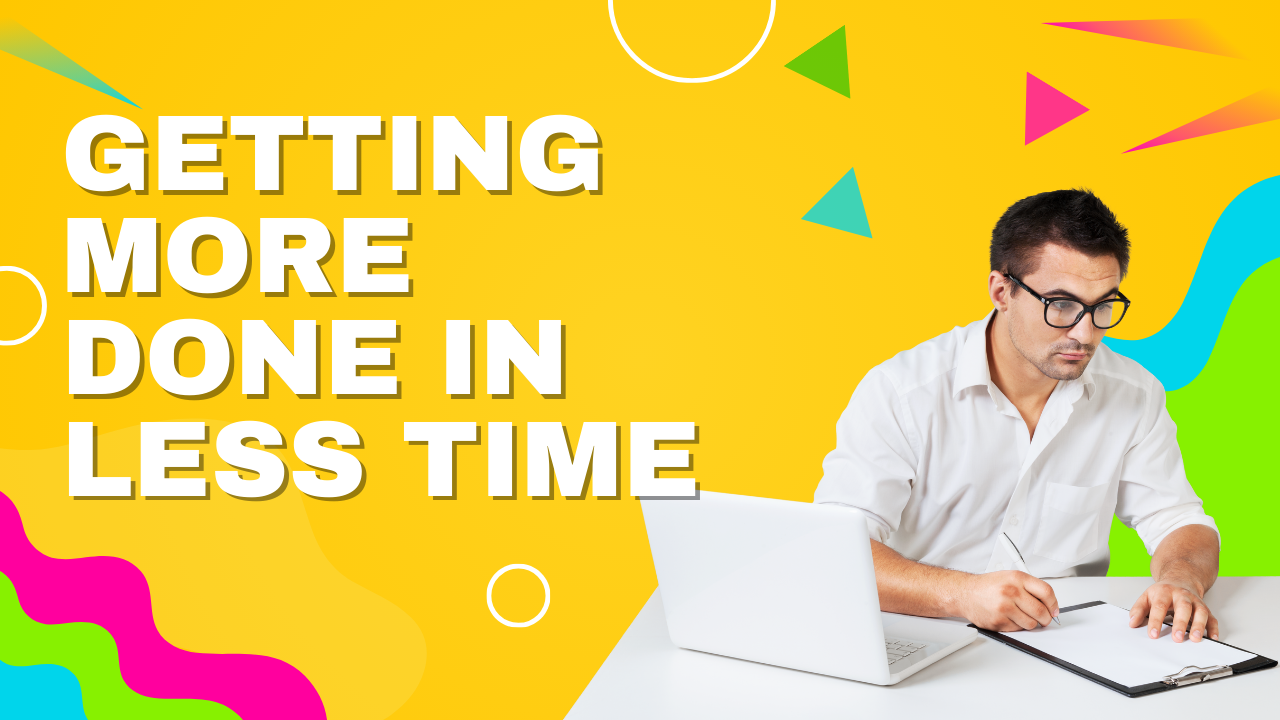Creativity is one of the most revered and elusive qualities of the human experience. Artists, writers, musicians, and innovators across various disciplines often talk about creativity as if it were a mystical force—something that strikes unexpectedly, a burst of inspiration that flows freely and effortlessly. But is this how the creative process truly works? Or is creativity a more deliberate, structured journey that anyone can follow with the right tools, mindset, and understanding?
The reality of creativity is far from simple. The process is not linear or predictable, and it doesn’t come with a one-size-fits-all formula. However, by exploring the steps, obstacles, and environments that shape creative thinking, we can begin to demystify the creative process. Creativity is less about waiting for inspiration to strike and more about developing a mindset that fosters innovation, finding ways to translate raw ideas into tangible results, and embracing the trials and tribulations along the way.
The Foundation: Understanding Creativity
Before diving into the specifics of the creative process, it’s essential to understand what creativity truly is. Creativity isn’t just about artistic talent or making something visually appealing; it’s about problem-solving, thinking outside the box, and making connections between seemingly unrelated things. It’s the ability to generate new ideas or approaches that can break boundaries or offer fresh perspectives. Creativity exists in every field, from business and technology to education and personal development.
The first myth that often needs dispelling is the idea that creativity is reserved only for a select few “born” with it. In reality, creativity is a skill that can be cultivated by anyone willing to engage in the process and develop their creative abilities. Just like learning a new language or honing a technical skill, creativity requires practice, patience, and an openness to failure and learning.
Step 1: Preparation – Laying the Groundwork
The creative process doesn’t start with an idea; it starts with preparation. Many people assume that creativity begins with a sudden flash of inspiration or a brilliant stroke of genius, but in reality, it’s often the result of years of accumulated knowledge, experiences, and deliberate practice.
The preparation phase involves gathering information, immersing yourself in relevant fields, and seeking inspiration from multiple sources. Whether you’re writing a novel, designing a new product, or composing music, the first step is to understand the context and the problem you want to solve. In other words, you need to ask yourself: What am I trying to achieve? Who is the target audience? What are the constraints? What has already been done in this area?
This phase also involves letting your mind wander and explore. Researching other artists or innovators, observing patterns in nature or technology, and simply taking in the world around you all feed the creative well. During this stage, there’s often a tendency to feel overwhelmed by the vastness of possibilities, but it’s important to embrace curiosity and gather as many ideas and concepts as possible. By doing so, you increase the likelihood of making meaningful connections that will fuel your work later on.
Step 2: Incubation – Stepping Back
After immersing yourself in research and preparation, there comes a critical phase in the creative process known as incubation. This is when you step back from actively thinking about the project and allow your subconscious to take over. It might feel like nothing is happening during this period, but in reality, your brain is working in the background, processing and making connections that you’re not consciously aware of.
Many breakthroughs in creativity occur when people stop focusing on the problem and let their minds wander. This is why “a-ha!” moments often happen during mundane tasks like taking a shower or walking in the park. The pressure to force creativity dissipates, and the brain is free to make new connections.
During this phase, it’s important not to rush or force inspiration. Often, giving yourself time to relax and recharge can yield more powerful and inventive solutions than overthinking or obsessively working through every detail.
Step 3: Illumination – The Breakthrough Moment
Illumination is the phase where the magic happens. After all the groundwork, research, and incubation, a sudden insight or breakthrough emerges. It might come in the form of a new idea, an unexpected solution to a problem, or a vision of how to move forward with the project.
At this moment, it may feel as if everything falls into place, as if the pieces of the puzzle have finally clicked together. The creative individual experiences a sense of clarity, confidence, and excitement as the fog lifts and a clear path emerges.
However, it’s important to note that the illumination phase is often unpredictable. It may not always happen on cue or as expected. Creativity rarely arrives in the form of perfection—it’s usually rough, incomplete, and in need of refinement. But this moment of clarity marks the beginning of turning abstract thoughts and ideas into something tangible.
Step 4: Elaboration – Refining the Concept
After the initial burst of insight, the creative process enters the elaboration stage. This is where ideas are transformed into finished products, whether that means writing a polished manuscript, completing a design, or refining a prototype. The initial idea might be solid, but it will need significant work to become something usable or shareable.
In the elaboration phase, you focus on building, editing, and refining. It’s about taking the seeds of an idea and nurturing them into something fully formed. It’s also the stage where external feedback from peers, mentors, or target audiences becomes invaluable. This feedback helps identify blind spots and areas for improvement, which will push the idea further toward its final version.
The elaboration phase requires persistence, patience, and a willingness to experiment. This is when perfectionism can become a challenge. Many creatives get caught up in the need to make everything flawless, but the key is to remain open to tweaking and improving rather than waiting for the “perfect” moment. Perfection is a moving target—what matters most is progress and the ability to iterate.
Step 5: Verification – Final Testing and Reflection
Verification is the final step in the creative process. At this stage, the work is near completion, but it still requires testing, evaluation, and fine-tuning. This phase might involve showing the work to others, seeking critique, or assessing how it performs in its intended environment or context.
It’s essential to step back from the work and evaluate it objectively. Does it meet the original goals and intentions? Is it effective in communicating the intended message or solving the problem? Are there areas that can still be improved?
Verification is also the phase where self-doubt can resurface. Creatives often experience imposter syndrome or anxiety as they reflect on their work and consider how it will be received. It’s normal to question whether the work is good enough, but it’s important to trust the process and recognize the value of completing the journey, regardless of the final outcome.
Conclusion: Embracing the Journey
The creative process is not a straight line. It’s a dynamic, evolving cycle that requires dedication, perseverance, and self-compassion. Creativity involves preparation, incubation, illumination, elaboration, and verification—each phase building upon the last and requiring unique skills and attitudes. There’s no definitive roadmap or guarantee that creativity will unfold in the same way each time, but understanding the steps involved can help you navigate the uncertainties and challenges.
By demystifying the creative process, we can free ourselves from the pressure of perfectionism and instead embrace the adventure of creation. Creativity is less about waiting for the spark and more about staying committed to the process, trusting in the journey, and learning from each step along the way.
Ultimately, creativity is an ongoing practice, and by following these steps, anyone can tap into their own potential for innovative thinking and make meaningful contributions to their chosen field.









